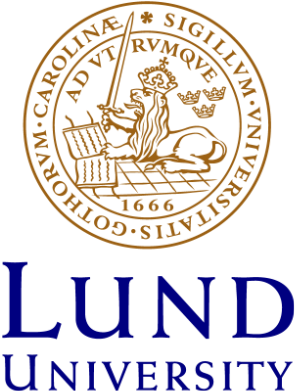The 920–900 Ma Bahia-Gangila LIP of the São Francisco and Congo cratons and link with Dashigou-Chulan LIP of North China craton : New insights from U-Pb geochronology and geochemistry
A widespread mafic sill and dyke unit (the Pedro Lessa suite) adjacent to the southeastern São Francisco (SF) craton (eastern South America) is dated as 940 ± 42 Ma, 912 ± 17 Ma, and 986 ± 64 Ma (based on combined ID-TIMS and LA-ICPMS analyses on baddeleyite grains) on the Santa Maria de Itabira gabbroic intrusion. These ages suggest membership in the previously defined ca. 920–900 Ma Large Igneou
